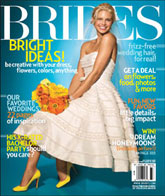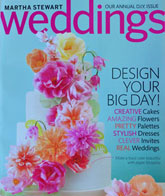Table of Contents
- What Are Handkerchiefs Made Out Of
- What is the Best Fabric For Handkerchiefs
- What Size Are Handkerchiefs
- Are Handkerchiefs Environmentally Friendly
- Is Using a Handkerchief Sanitary
- Are Handkerchiefs Collectible?
- Where do you Put a Handkerchief
- Where can I Buy a Handkerchief
- History of Handkerchiefs
- What Is A Handkerchief Used For
- Which Handkerchiefs are Best?
- Handkerchief Alternatives
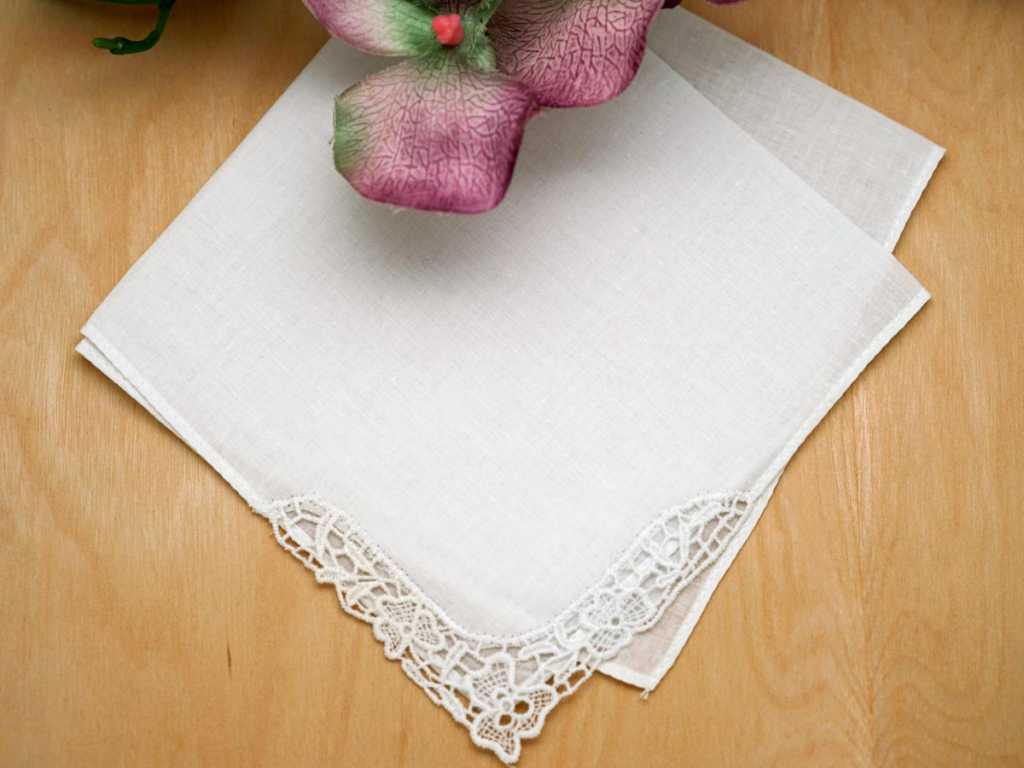
A handkerchief is a square of cloth carried in the pocket, used for wiping the hands, face, or nose. The origins of the handkerchief can be traced back to ancient Greece when soft linen handkerchiefs were used for hand-drying and nose-blowing. Since then, the design and use of handkerchiefs have evolved considerably. Many people today use handkerchiefs as accessories, rather than functional items.
In this article we’ll discuss everything you need to know about handkerchiefs from different fabrics, size, cost, where to buy, environmental impact, and sanitary issues. Discover their origins, their use throughout history, and their alternatives.
What Are Handkerchiefs Made Out Of
Handkerchiefs are made out of absorbent materials such as linen, silk, or cotton. The primary function of a handkerchief is to be used as a pocket-sized towel or blotter. They are usually decorated with a monogram or some kind of decorative trim, then neatly folded in a small space for easy storage. Handkerchiefs can be custom-made with a variety of fabrics, trims, and patterns.
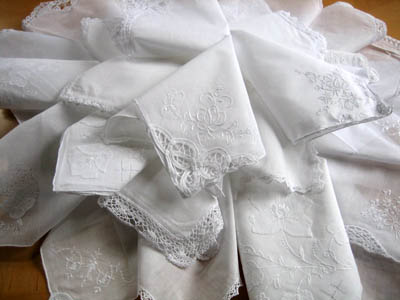
What is the Best Fabric For Handkerchiefs
Handkerchiefs made of 100% high-quality, lightweight cotton are the best because cotton is absorbent, light, and durable. But the softness depends on the quality of the cotton used. Other absorbent fabrics like lightweight linen, cotton voile, and cotton batiste are also good choices for handkerchiefs. If the handkerchief is going to be used as a fashion accessory, silk, chiffon, satin, lace, and light muslin can be used.
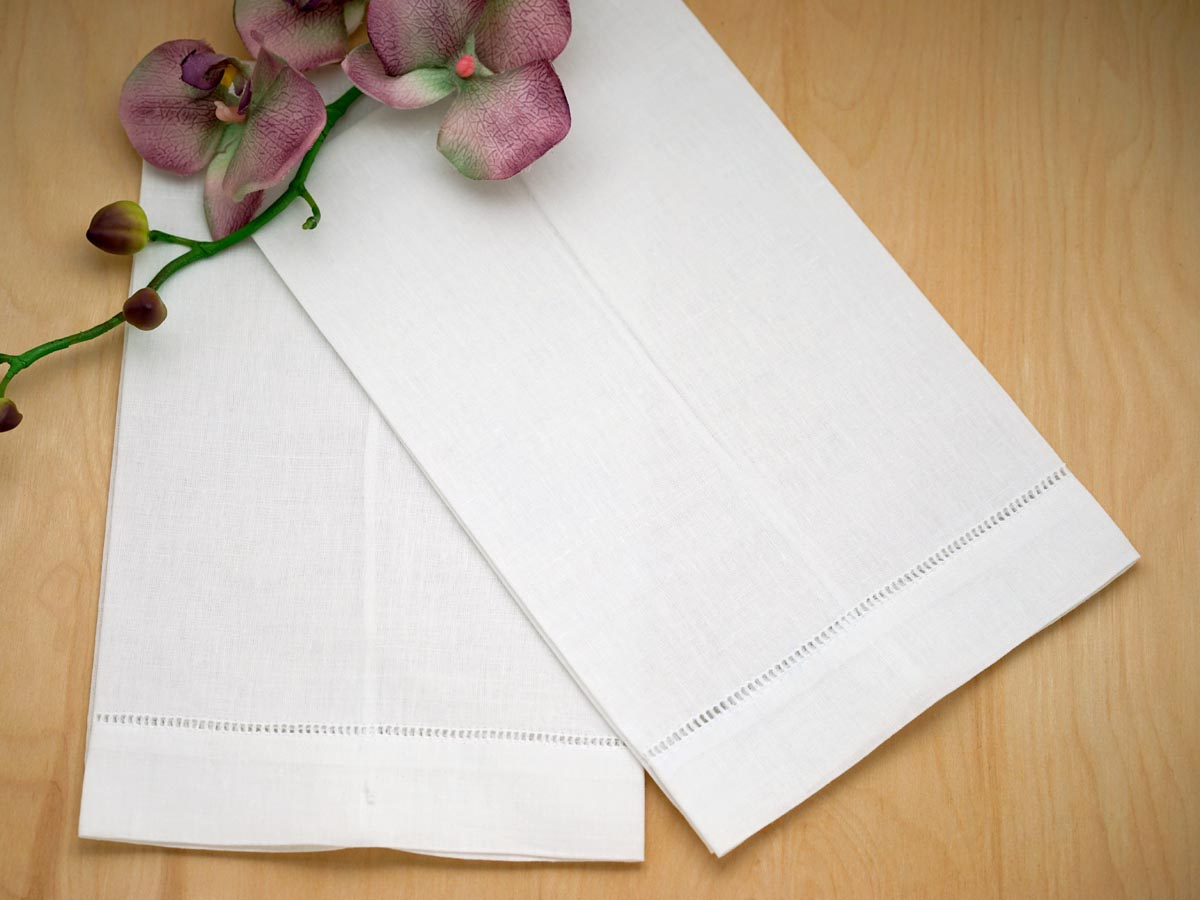
What Size Are Handkerchiefs
Handkerchief dimensions vary by material and manufacturer but the standard dimension is 12 x 12 inches (30.5×30. 5cm). This is also the typical size for a gentleman’s handkerchief. Meanwhile, a lady’s handkerchief is usually measured 8×8 inches (22cm) square.

How much does A Handkerchief Cost
A set of 12 handkerchiefs can cost between $10 and $30, depending on the brand, quality, and fabric. The initial cost of handkerchiefs may seem more expensive than the purchase of facial tissue, but you will save money in the long run by using them more than once.
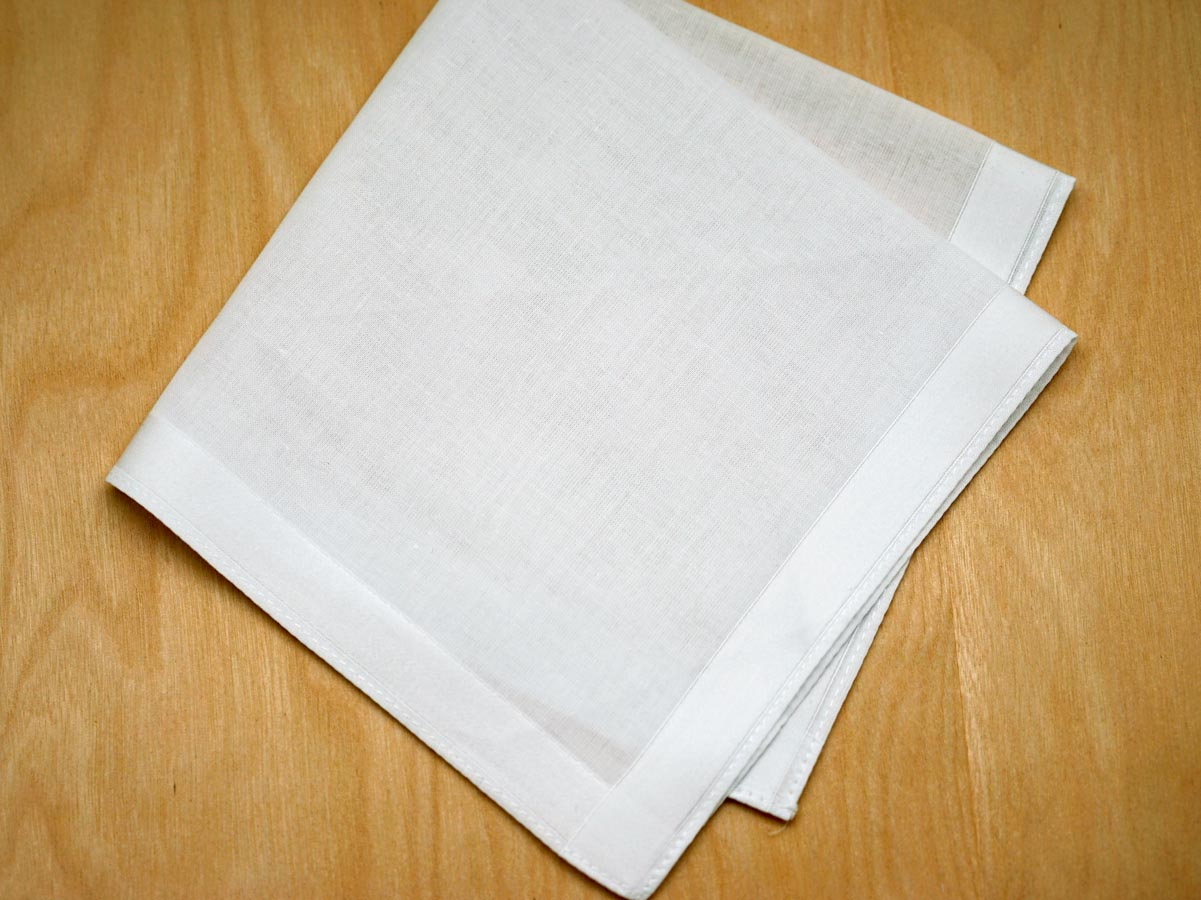
Are Handkerchiefs Environmentally Friendly
Yes, handkerchiefs are environmentally friendly because they are reusable. Unlike tissues and other disposable products, handkerchiefs can be used multiple times.
Many people switch from tissues to handkerchiefs because they want to reduce their environmental impact. Here’s a list of the environmentally friendly benefits of handkerchiefs:
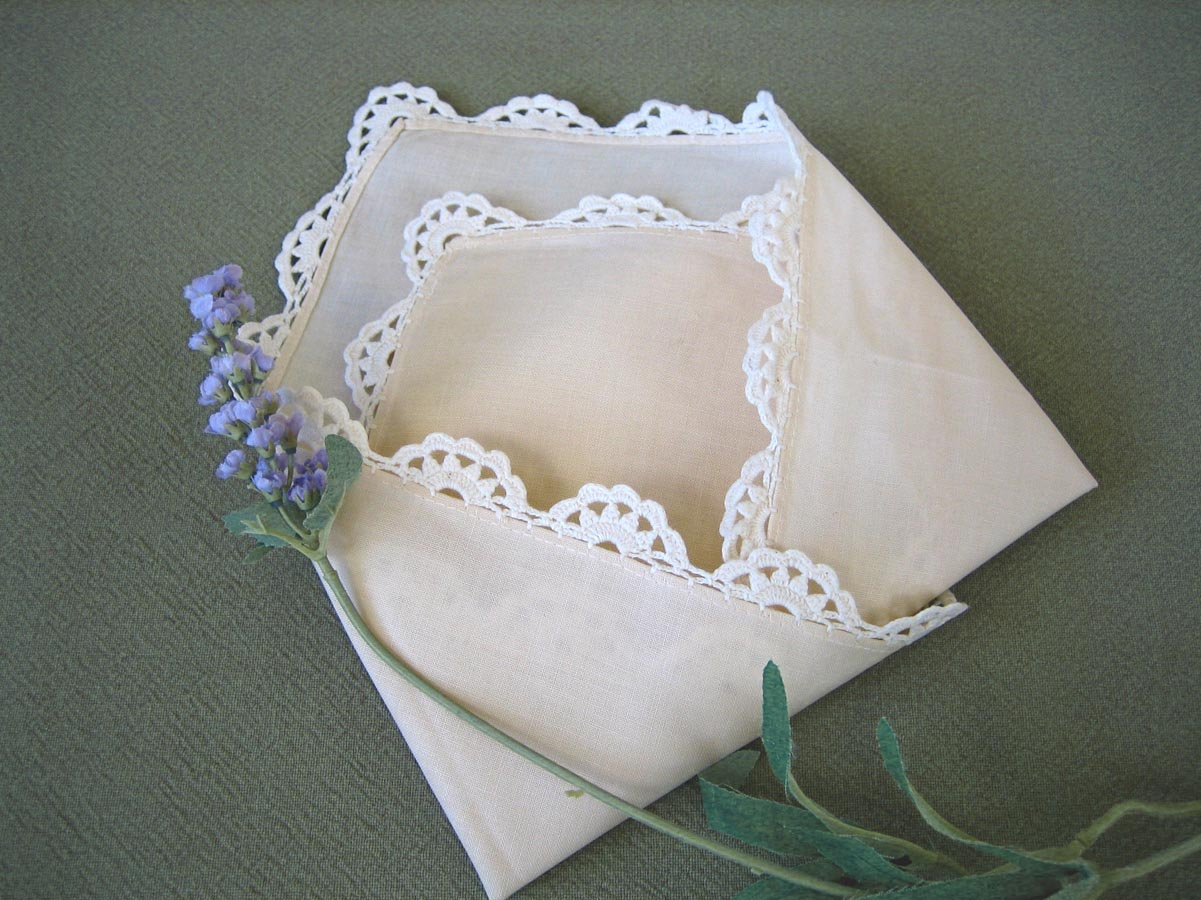
- Carbon emissions: The manufacture of facial tissues, napkins, and paper towels creates around 33 million metric tons of greenhouse gases each year.
- Waste: Paper and paperboard products account for 23.1% of U.S. waste-stream generation, according to the United States Environmental Protection Agency (EPA).
- Pollution: In 2015, the U.S. pulp and paper industry ranked first in discharging toxic weighted equivalents to water based on another EPA report.
- Environmental Degradation: Most tissues are made from virgin fiber which means that approximately 27,000 trees are cut down each day to supply the tissue industry.
Handkerchiefs are proven to be a more eco-friendly alternative to single-use tissues with a surprising reduction of environmental impact across a number of environmental categories.
Is Using a Handkerchief Sanitary
Using a tissue or handkerchief correctly can be very hygienic, but using it improperly is unhygienic.
When people discuss hygiene, they need to remember that it’s not about the tool. It’s about the manner of its use. For example, a tissue is considered more hygienic than a handkerchief because when a person blows their nose, they can throw the tissue away. However, if a used tissue is going to be placed in someone’s bag or pocket and not disposed of immediately (like no trash bins nearby), it could transmit bacteria and viruses.

Now imagine a person who carries multiple handkerchiefs into public. They fold one handkerchief inwards after use, before putting the soiled handkerchief into their pocket for later washing at home. When one hanky is soiled, they pull out another one. Upon their return home, they add the used hankies to the next wash load. After that, all the handkerchiefs are completely clean and hygienic once again.
Are Handkerchiefs Collectible?
Yes, handkerchiefs are collective. Their value depends on the quality of the cloth, age, stitching, and how they were sewn. For many, collecting hankies is a way of enjoying vintage textiles. Some collectors specialize in a particular category; others collect anything that catches their eye.
Collectors often look for certain colors, patterns, or themes, such as florals, animals, and souvenir hankies from various states or countries. Round hankies are hard to find, making them valuable collectibles. Embroidered hankies from the 19th century are probably the most valuable because they have lasted 100 years and are delicately stitched, crocheted, or tatted by hand.
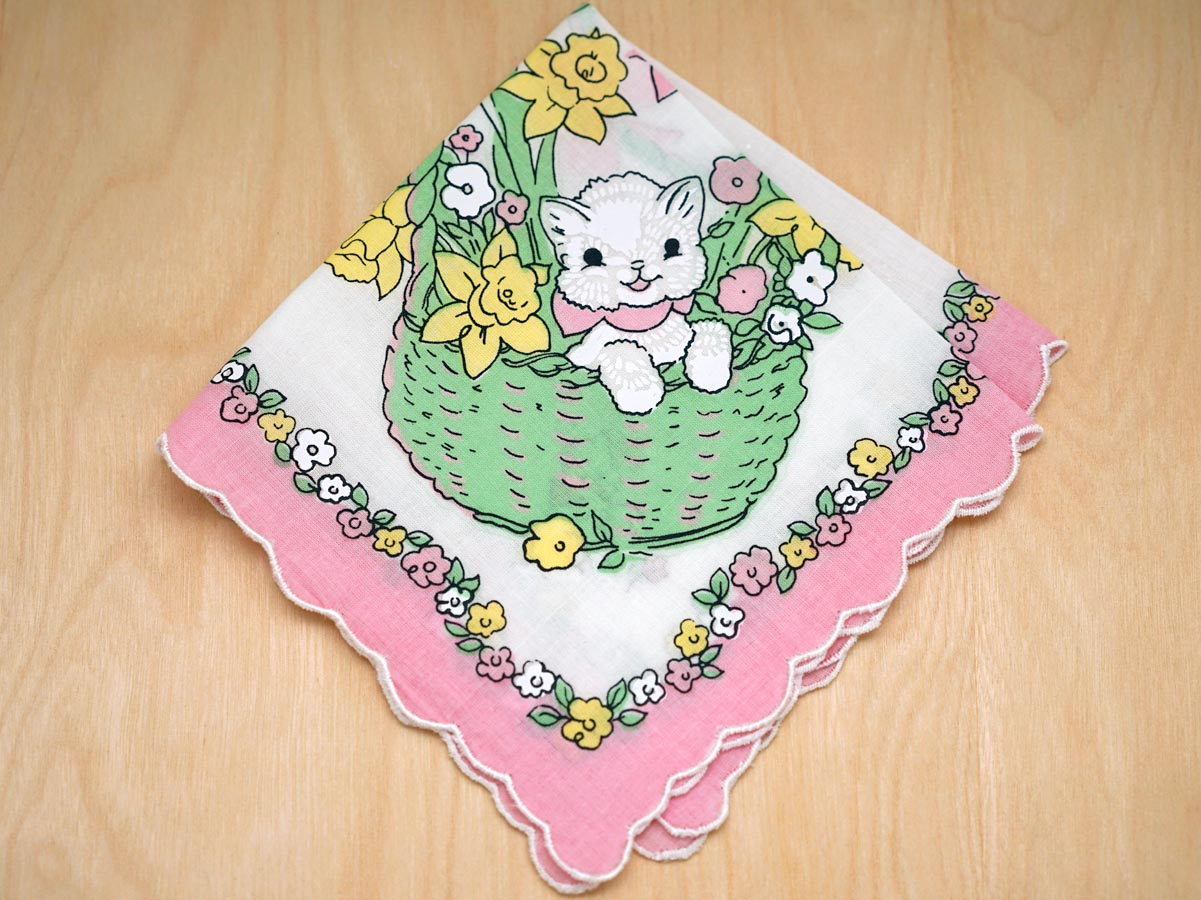
Where to Buy Antique Handkerchiefs And How much are Antique Handkerchiefs Worth?
As with most vintage items, antique handkerchiefs can be found in flea markets or at yard or estate sales and antique shops for a few dollars to hundreds of dollars. Exceptionally nice or rare hankies can cost hundreds of dollars. It is also very easy to find vintage ladies’ handkerchiefs or antique fabrics at craft markets and online stores such as Etsy or eBay.
Where do you Put a Handkerchief
Handkerchiefs are most often placed into a pocket, purse, or handbag since they are portable and compact.
For bridal handkerchiefs, the best place to keep them for easy access during the wedding ceremony is attached to the handle of the bridal bouquet with a dress pin.
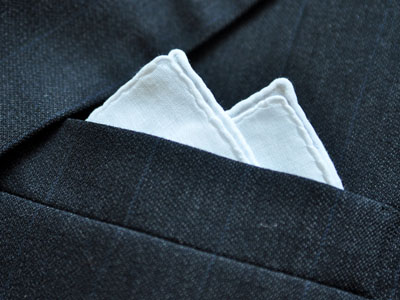
Where can I Buy a Handkerchief
Handkerchiefs are widely available at online shops, department stores, or basically any establishment selling garments, in a variety of styles.
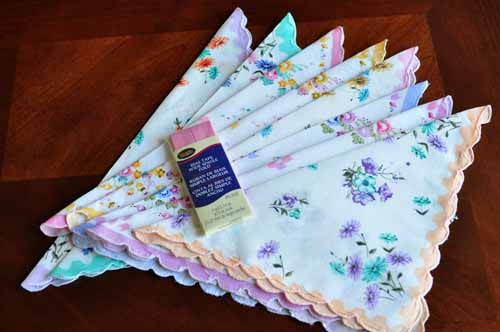
History of Handkerchiefs
The word “handkerchief” comes from two different French words – couvrir, which means “to cover” and chef, which means “head.”
Some historians believe that the handkerchief originated in China during the Chou dynasty (ca. 1000 BC) and was used to shield a person’s face from the hot sun. Statues dating as far back as the Chou dynasty show figures holding decorative clothes.
According to Atlas Obscura, as early as the first century BC, handkerchiefs were mentioned in the works of Catullus and used for utilitarian purposes, such as wiping one’s brow or general-purpose cleaning.
In early Greek and Roman athletic games, crowds waved white cloths, some of which were likely sudaria, the neckerchiefs worn by Roman military officers.
During the Middle Ages, kerchiefs were used to cover the head; however, in the 16th century, people began carrying kerchiefs in their pockets to wipe their foreheads or their noses. In order to distinguish these kerchiefs from those used to cover the head, the word “hand” was added to “kerchief”.
King Richard II of England, who reigned from 1377 to 1399, is credited with inventing the cloth handkerchief, as surviving documents describe his use of square pieces of cloth to wipe his nose.
In the Elizabethan era, nobles presented hankies to monarchs at New Year’s as a token of appreciation. The existence of handkerchiefs has been documented from Shakespeare’s time with a handkerchief playing an important role in the play Othello.
By the turn of the 20th century, hankies were an essential part of city life, as people would breathe through them to combat pollution that was becoming a serious problem.
Handkerchiefs remained in fashion throughout the 20th century but lost popularity as disposable facial tissues became available.
Symbolism in Handkerchiefs

Romance
Handkerchiefs and romance have been linked throughout history. For example, in medieval times, knights tied handkerchiefs to the back of their helms as tokens of remembrance and good luck.
Handkerchiefs became a secret language of lovers. A woman would use a homemade handkerchief, embroidered with meaningful designs, to send an intimate message to her lover. If lovers exchanged handkerchiefs with singed edges, this meant a deep, fiery passion for each other.
In Shakespeare’s play Othello, a handkerchief symbolizes fidelity and romance. Mistakenly believing that his love, Desdemona, had given away the handkerchief to another man, Othello is driven to an ill-fated rage.
Social Status
In Europe and beyond, handkerchiefs became symbols of important people, who often used them to demonstrate their high station in life. From Persian kings to European royalty, handkerchiefs were used as a subtle way to demonstrate one’s high station in life.
In the 19th century, it became fashionable for men to wear two-piece suits and to display handkerchiefs in their suit pockets as a status symbol.

What Is A Handkerchief Used For
Handkerchiefs have a few different uses as listed below:

Everyday carry (EDC) handkerchiefs: Everyday carry handkerchiefs are used for any type of circumstance you experience throughout the day. This could be blowing your nose, cleaning a phone screen, cleaning up a mess, etc.

Wedding handkerchiefs: Wedding handkerchiefs are beautiful and thoughtful keepsakes that can be given to the bride and groom on the big day to wipe tears of joy. Wedding handkerchiefs are used as a sentimental memento on that special day. A friend or family member usually gives the bride and groom the gift to be later put away in a box for remembrance.
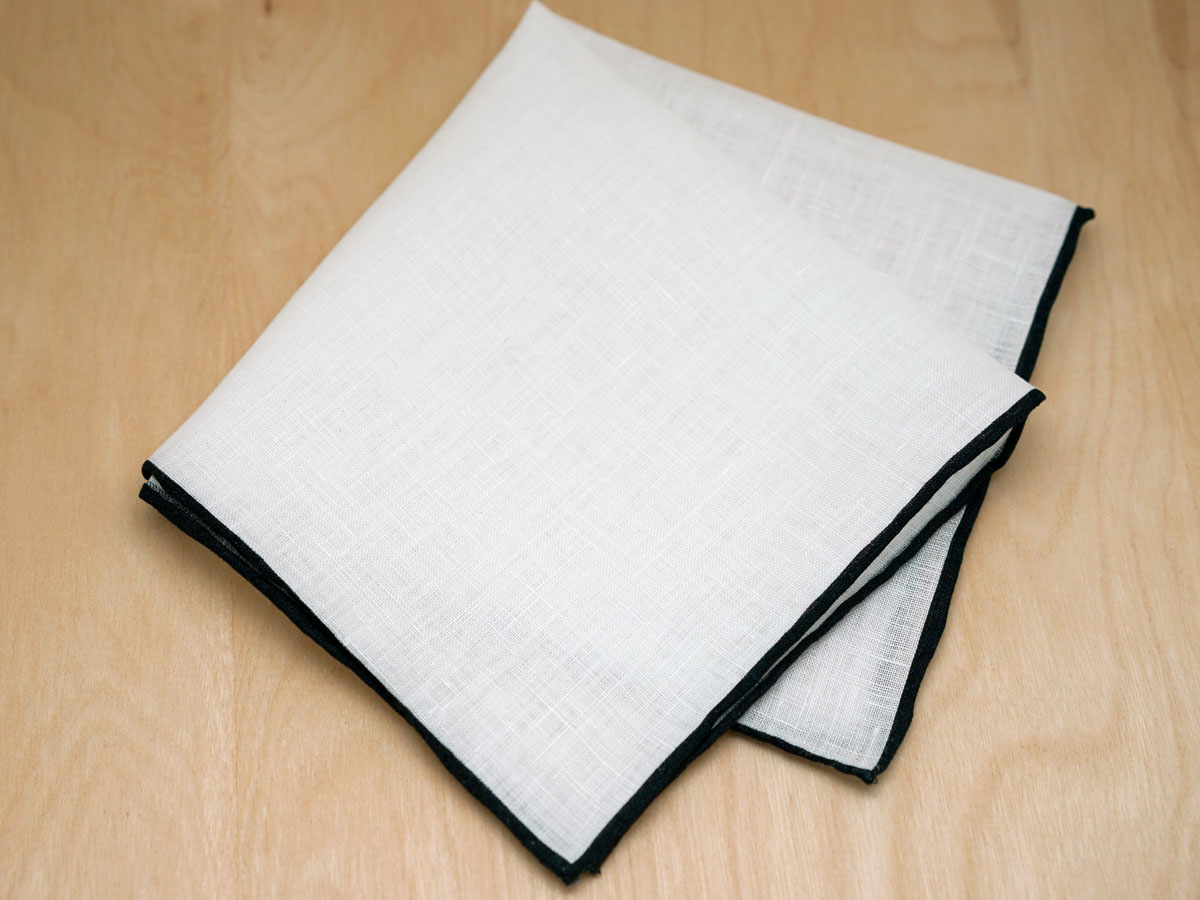
Sympathy handkerchief: These handkerchiefs are an appropriate gift for a grieving friend who has lost a loved one.Mourning handkerchiefs were popular during the Victorian era. Originally white with black borders, the handkerchiefs evolved to include all-black handkerchiefs with lace trims in the Victorian era.
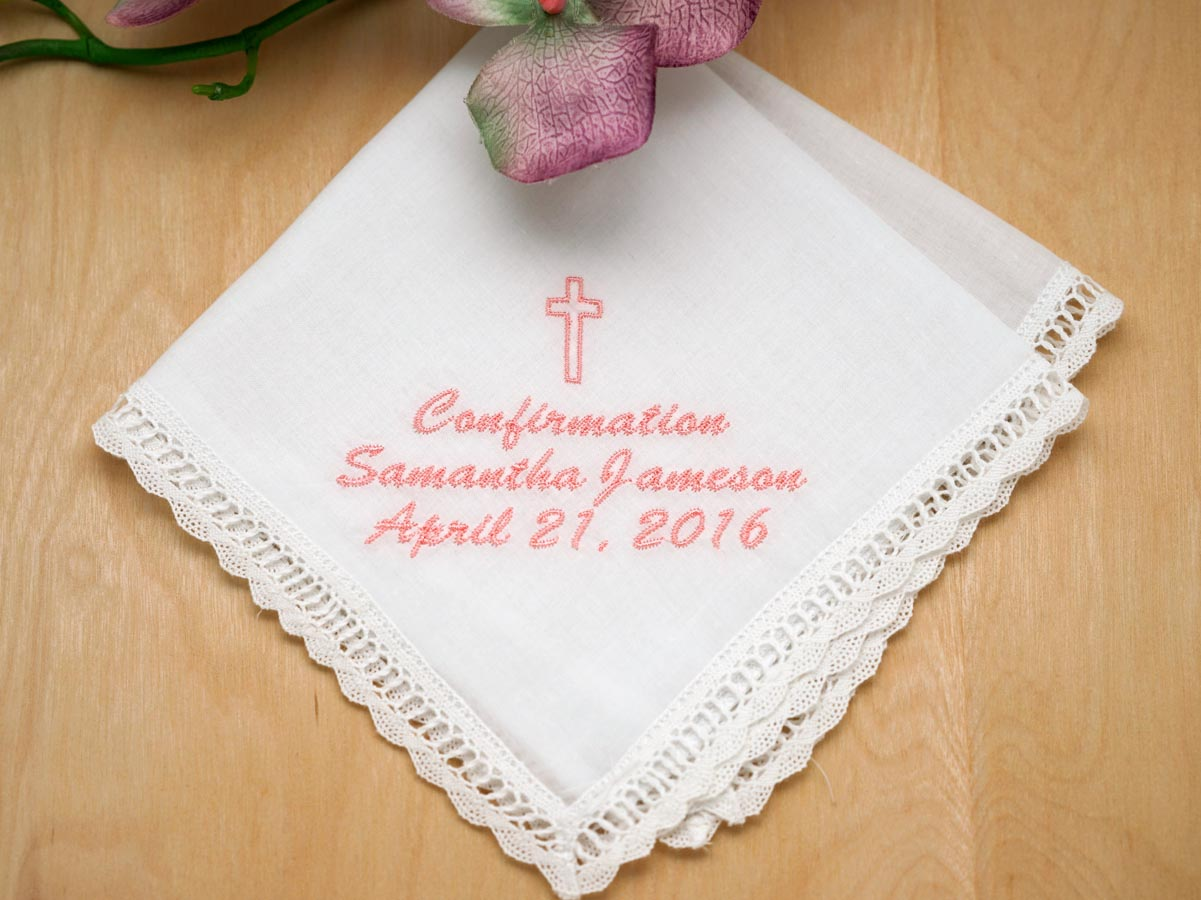
Baptism handkerchief: Baptism handkerchiefs are made especially for babies to dry up their heads shortly after being baptized with holy water.

Prayer handkerchief: Some modern-day believers still use these religious hankies to give to people in need of a miracle or answers to their prayers. They inscribe scriptures, prayers, or confessions of faith on them to coincide with specific events or needs.
Which Handkerchiefs are Best?
In a recent study, a panel of experts tested a variety of men’s handkerchiefs at different prices from $4 to $21 in the market and rated the top recommendation as Perry Ellis Men’s Handkerchief for its best overall performance.
Developed by Perry Ellis, the set includes 12 white permanent press handkerchiefs that are wrinkle-free and never need to be ironed. Satin cords are included for durability, making these handkerchiefs look pristine without ironing. Measuring 16 x 16 inches, Perry Ellis can also double as a pocket square for any suit.

The top 2 is RDS Hankytex’s 100% cotton handkerchief which comes in a pack of 12 pieces and size 16 inches x 16 inches. These handkerchiefs are made of premium cotton with 60s which means yarn count. In handkerchiefs, the higher the number, the thinner the fibers, hence the handkerchiefs would be softer than the average hankies with only yarn counts of around 30s and 42s.
For the top 3, Ricosky’s Men’s Pure White 100% Cotton Handkerchief bagged the palace. These hankies are also sized 16 inches x 16 inches. Just like RDS, Ricoskyhandkerchiefs are made of premium cotton with 60s ran count.
Handkerchief Alternatives
While similar to handkerchiefs, the following are an entirely new different type of clothing or accessory:
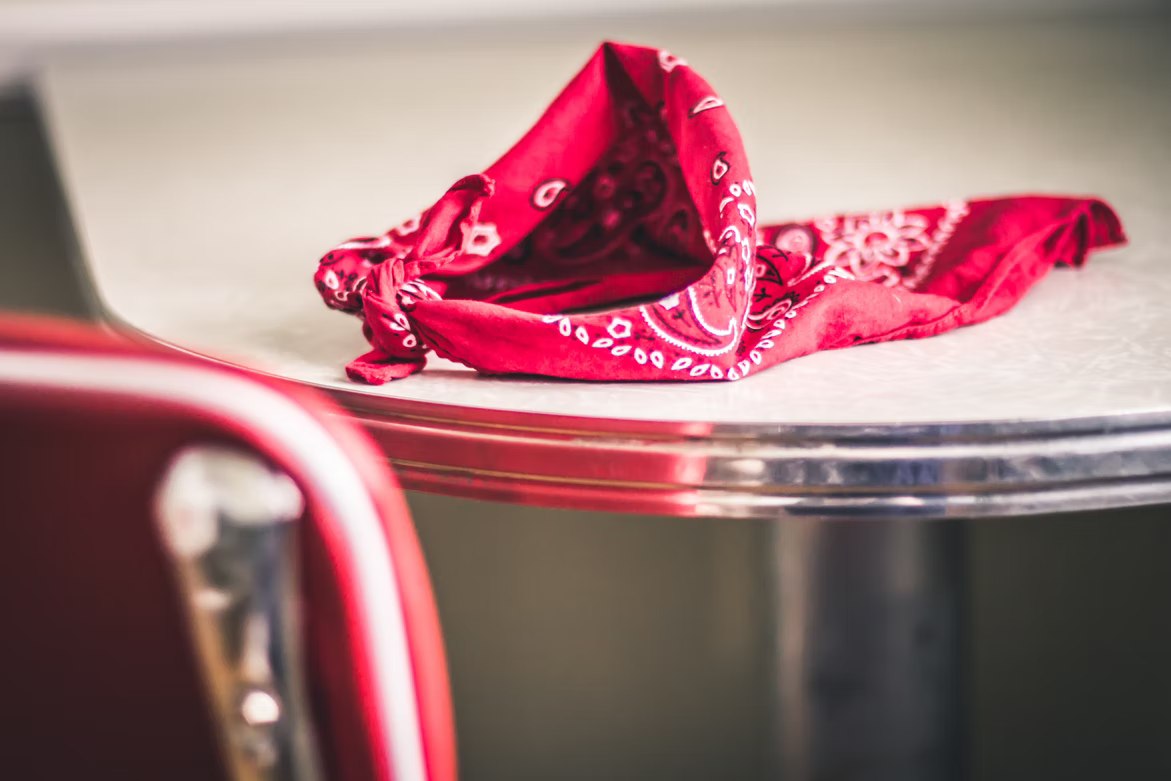
Unlike a handkerchief, a bandanna (from the Hindi: bandhana, “to tie”) is a large kerchief usually worn on the head. It is frequently worn around the neck for decorative and practical purposes. For example, a person may wear a bandanna to protect against dust and debris when working outdoors or in hot conditions.

A kerchief (from the French couvre-chef, “cover the head”) is a square or triangular piece of cloth worn on the head for either decorative or protective reasons.
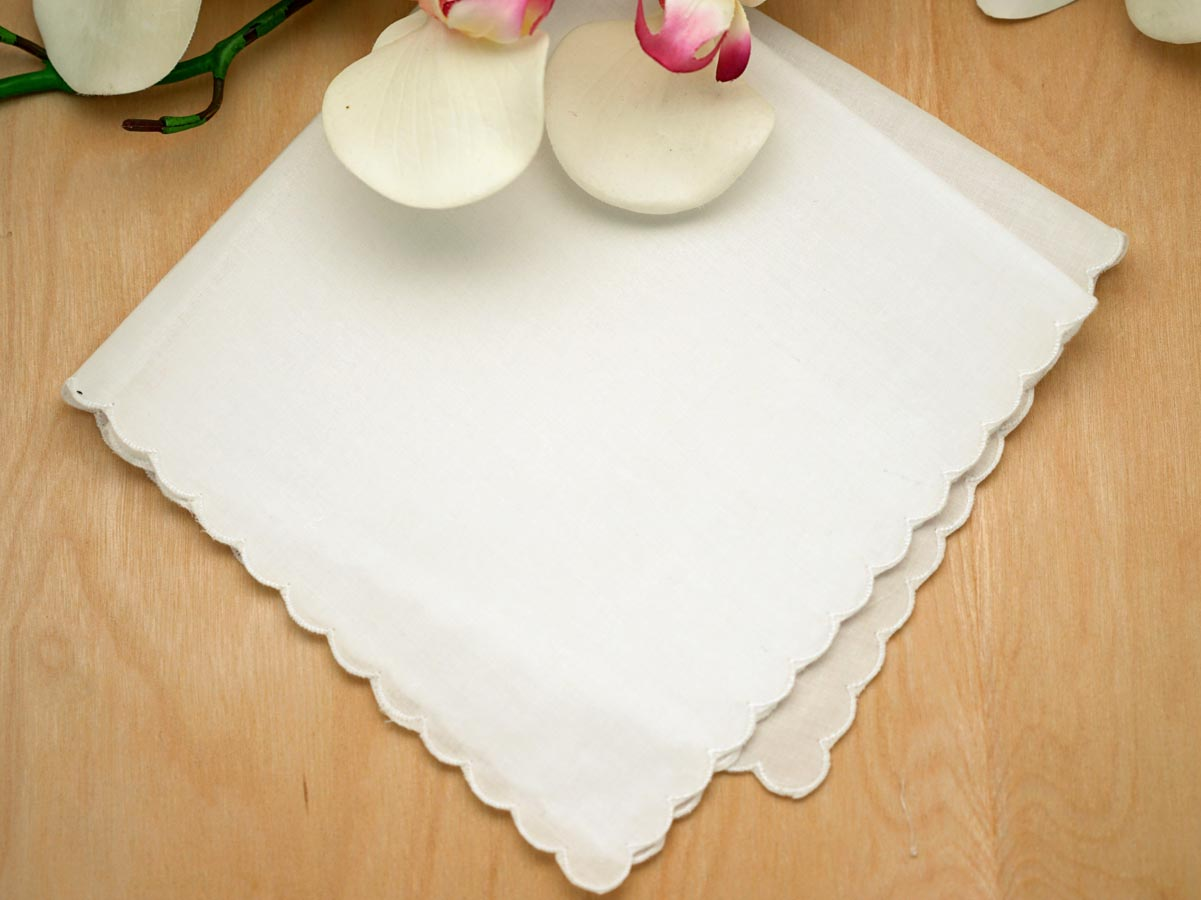
A napkin, or serviette, is a piece of cloth or paper used at the table for wiping the mouth and hands for cleanliness while eating.
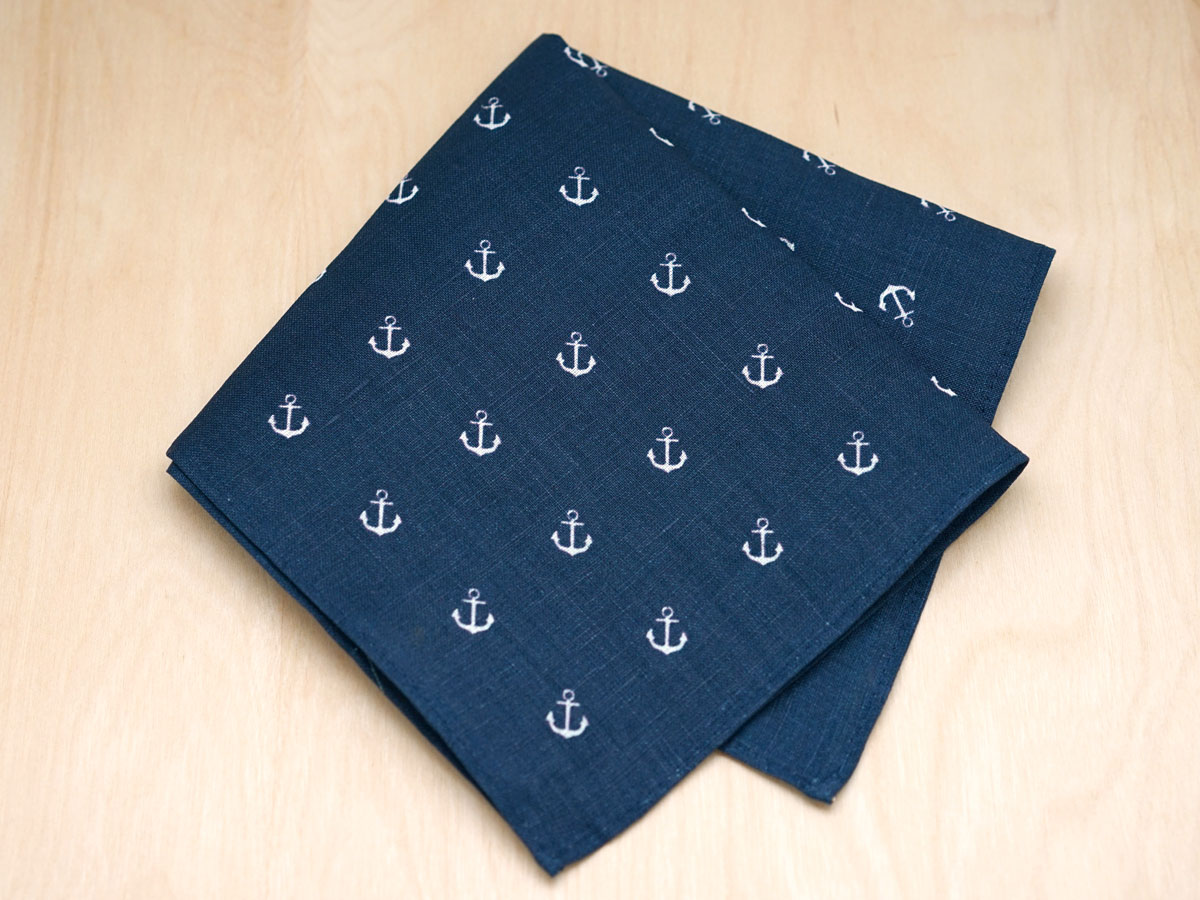
A pocket square is an accessory used in men’s fashion. It is generally made of a soft, fine fabric, such as silk, and is embroidered, embossed or printed in a pattern. While a pocket square has many of the same qualities as a handkerchief, it is more generally identified as an accessory worn by gentlemen with fine fashion sense.
Final Thoughts
Origins aside, today’s handkerchiefs are generally used as a fashion accessory or decoration. Despite the pervasiveness of tissue paper and napkins, some people feel more comfortable using a handkerchief when suffering from a cold. However, most people simply use one for decoration. No matter how you choose to use it, you have lots of choices when shopping for one, with many different designs, patterns, and styles available to add some color to any outfit.




